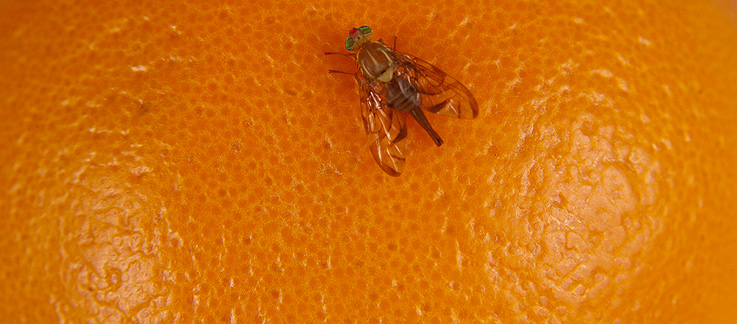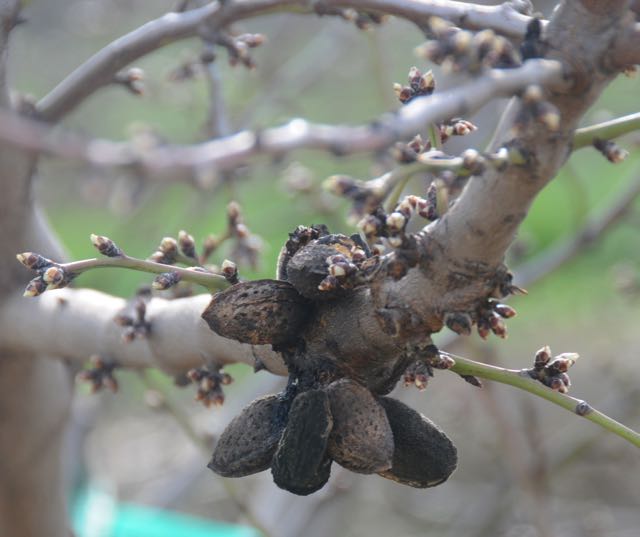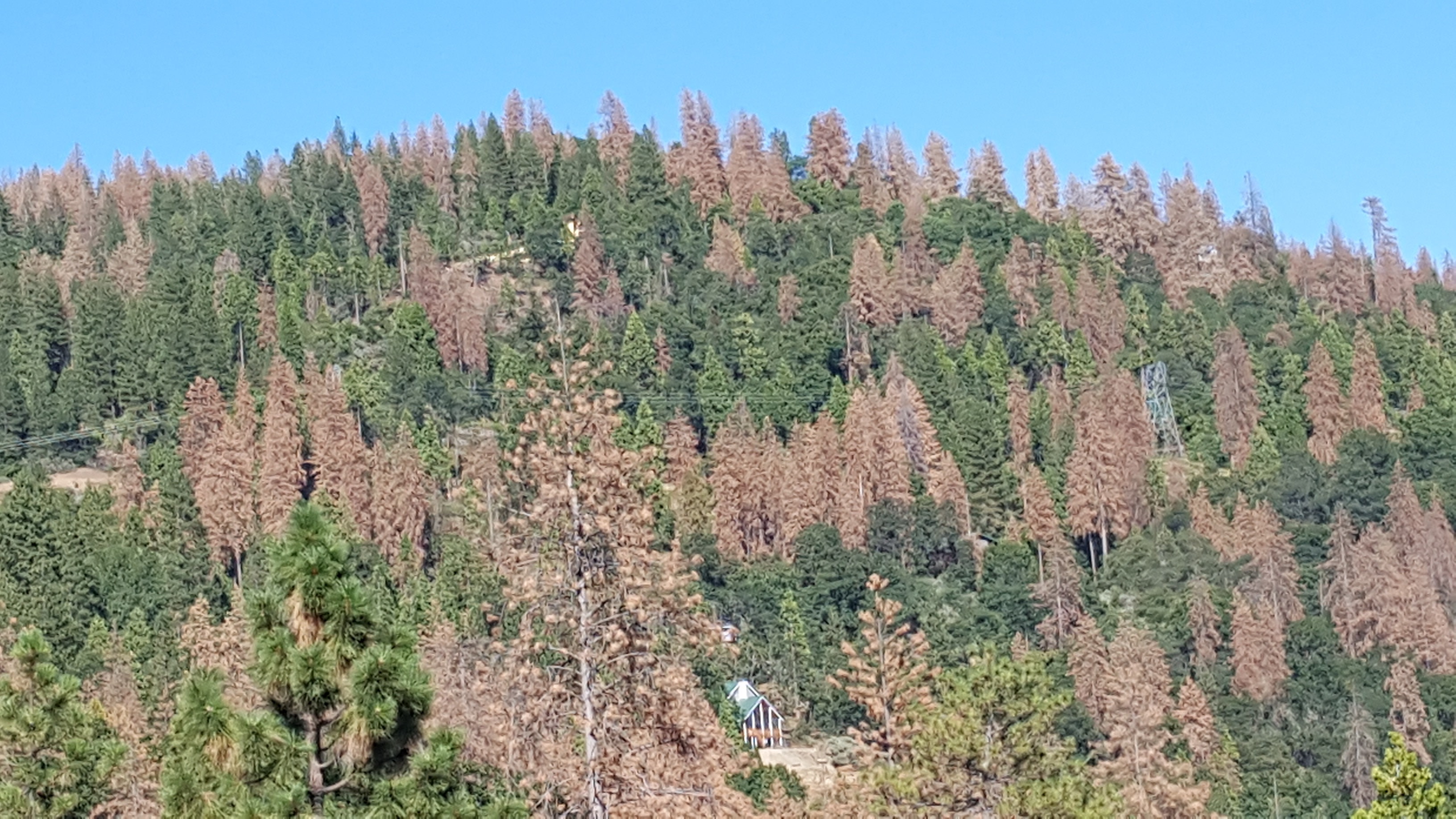USDA Purchases More Than $10 Million in California Table Grapes
Food Banks, Other Food Programs to Get Grapes as Part of Tariff Mitigation Program
New Release Edited By Patrick Cavanaugh
The United States Department of Agriculture (USDA) recently completed a purchase of more than 450,000 boxes of California table grapes as part of its tariff mitigation program.
California table grapes were included in the USDA Food Purchasing Program for the first time as part of the mitigation program because of the 53 percent tariff imposed on U.S. grapes by China.
According to the most recent USDA data, shipments of California grapes to China are down 42.2 percent in volume and 41.2 percent in value in 2018 compared to 2017.
“The 2018 season has been a tough one for table grape growers,” said Kathleen Nave, president of the California Table Grape Commission. “The tariffs on table grapes have been painful, but the real harm has been caused by the fact that tariffs on multiple competing commodities, such as cherries, stone fruits, and apples, caused more fruit of all kinds to be sold in the domestic market. The USDA purchasing program comes at a good time for table grape growers and is appreciated.”
Table grape suppliers interested in participating in the food purchasing program had to go through a rigorous process to become a USDA vendor and then if approved, submit bids in a competitive process. Multiple Valley companies were awarded the opportunity to supply California grapes to customers across the country.
The grapes will be distributed to food banks and other food programs around the country, starting in December.

























